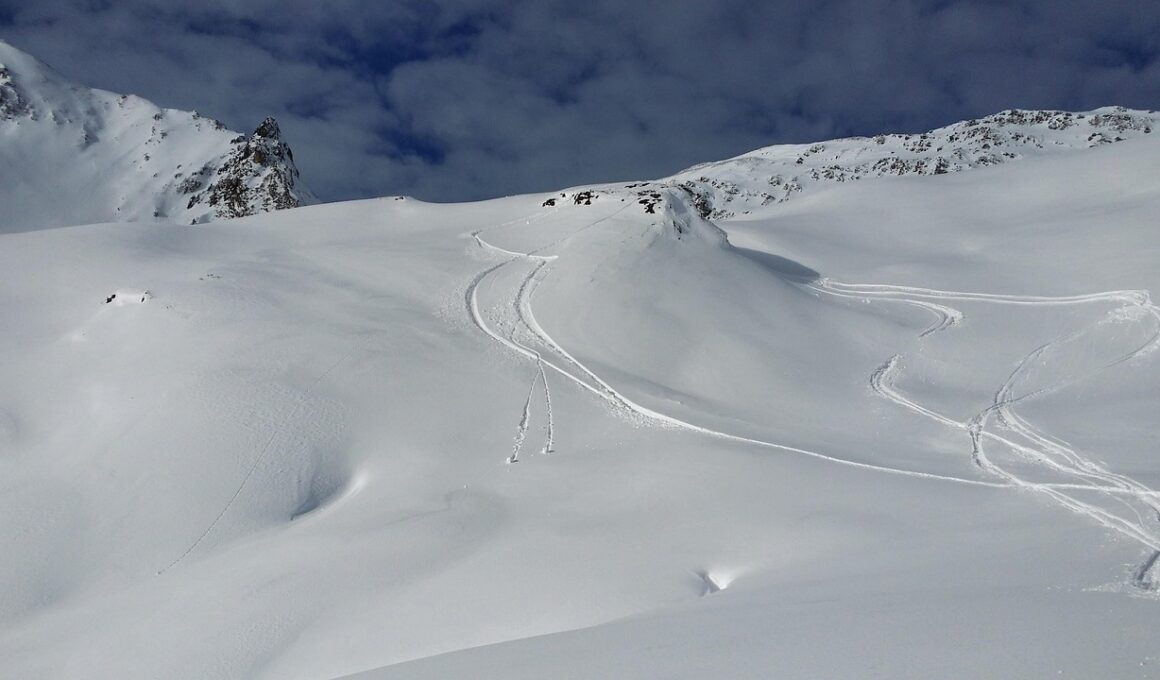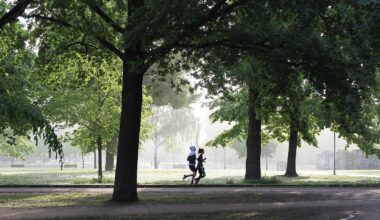Exploring Backcountry Snowboarding: What You Need to Know
Backcountry snowboarding offers enthusiasts the opportunity to escape the constraints of groomed slopes and explore vast, untouched terrain. With the adrenaline rush that comes from gliding down fresh powder, backcountry snowboarding presents a thrilling alternative to conventional snowboarding. However, it also requires a distinct skill set, advanced planning, and a commitment to safety. To start, it’s crucial to understand the necessary gear, which includes a reliable backcountry snowboard, splitboard, or snowshoes, avalanche safety equipment, and appropriate clothing designed for extreme weather conditions. It’s also essential to possess navigation tools like a compass and a map or a GPS device to ensure safety and situational awareness. Additionally, backcountry riders must be aware of weather patterns and light conditions that can influence their experience. Ignoring these factors can lead to hazardous situations such as avalanches. Training in avalanche safety, rescue techniques, and backcountry navigation is strongly recommended for novices. Ultimately, informed riders can enjoy a fulfilling and exhilarating backcountry snowboarding experience coupled with a focus on safety and preparedness.
Essential Gear for Backcountry Snowboarding
Choosing the right equipment for backcountry snowboarding is crucial, as it can significantly impact your overall experience and safety. First on your gear checklist should be a suitable snowboard or splitboard designed specifically for backcountry exploration. It’s advisable to select a board that balances performance with ease of maneuverability in diverse terrains, which will enhance your ability to ride through various snow conditions. Equip yourself with bindings that facilitate transitions, helping when walking uphill or switching between snowboarding and hiking. In terms of backcountry safety, an avalanche beacon, probe, and shovel are indispensable tools to have with you. These pieces of equipment are essential for rescue operations should an avalanche occur. Proper clothing is equally important; opt for layering with breathable fabrics to manage body temperature effectively. Waterproof outer layers protect against moisture while insulated inner layers retain warmth. Don’t forget about hydration; a hydration pack can keep you hydrated during your adventures, allowing for easy access while on the move. Investing in quality gear can significantly affect your performance and safety, making the experience deeply rewarding.
The experience of navigating backcountry snowboarding varies considerably compared to resort riding. In the backcountry, snowboarders often encounter varied terrains including wide-open runs, steep slopes, and densely forested areas. This diversity offers opportunities for unique and thrilling experiences but also presents challenges. The snow conditions can change rapidly, and riders should know how to adjust their techniques accordingly. For instance, riding in deep powder requires a different stance and weight distribution compared to packed snow. Moreover, riders must be prepared to handle potential obstacles like rocks, trees, or cliffs. Learning to read terrain becomes an essential skill, impacting how one navigates and chooses runs. Understanding snowpack stability is equally critical, as it can affect safety and riding ability. Local weather patterns can further complicate conditions, necessitating ongoing education about snow science. Engaging with local communities or snowboarding groups can provide insights into the best practices and current conditions in the area. With experience, riders develop instincts that guide their decisions on terrain choice, ultimately fostering a deeper appreciation of the beautiful wilderness on their snowboarding journey.
Safety First: Avalanche Awareness and Education
Safety is paramount in backcountry snowboarding, and understanding avalanches is critical for every rider. Before venturing out, educating yourself about avalanche risks, types, and safety practices is essential in mitigating dangers. Attend avalanche safety courses that equip riders with survival skills, from recognizing avalanche terrain to mastering rescue techniques. These courses teach ways to assess snow stability and help identify potential hazards while navigating off-piste and remote settings. Understanding how human factors contribute to avalanche incidents, such as group dynamics and decision-making, is also invaluable in promoting a culture of safety among fellow riders. Always ride with a partner in the backcountry—a single rider is at a greater risk in case of avalanche incidents. When exploring, utilize various tools like terrain maps and avalanche forecasts that indicate snow conditions. Continuous monitoring of condition changes while riding is vital. It’s recommended to check local avalanche bulletins regularly to stay informed. Consequently, prioritizing education and safety gear can empower riders to enjoy exhilarating backcountry experiences while minimizing risks that can affect their adventures.
Physical preparation for backcountry snowboarding can enhance performance and prevent injuries. Building strength and endurance through specific fitness routines is key to enjoying extended periods on the slopes. Incorporating exercises that target the core, legs, and cardiovascular fitness can help riders adapt to the physical demands of backcountry touring and riding. Activities such as hiking during the offseason can improve stamina, while specific strength-training routines can enhance balance and control on the board. Stretching and flexibility exercises are equally important, as they foster better movement, preventing strain during dynamic riding. Additionally, practice riding on various terrains helps develop the necessary skills to navigate challenges encountered in the backcountry. Simulating conditions at lower elevations can build confidence and technique. Cardiovascular fitness, achieved through running, cycling, or other aerobic activities, will also equip riders to handle the uphill climbs inherent in backcountry snowboarding. This preparation lays a solid foundation that enables adventurers to fully embrace the exhilarating experiences that backcountry snowboarding promises, ensuring they remain safe, agile, and ready for the unpredictable challenges of wild terrains.
Environmental Considerations and Winter Etiquette
As outdoor enthusiasts, it’s essential for backcountry snowboarders to practice environmental stewardship and respect for nature. Nature’s delicate ecosystem can be disrupted by poor practices, such as littering or damaging vegetation. Riders should stay on established paths whenever possible and limit the impact on untouched areas, ensuring sustainability for future adventurers. Practice the Leave No Trace principles, which include respecting wildlife habitats and minimizing noise pollution. Moreover, riders should be considerate of other backcountry users, including skiers, snowshoers, and wildlife. Yielding to others and maintaining a respectful distance allows everyone to enjoy the serene and beautiful landscapes. Additionally, obtaining the necessary permits for areas requiring them is crucial to ensure compliance with local regulations and protect the natural environment. Being mindful of prevailing weather and snow conditions can also help safeguard the natural landscapes. By promoting responsible snowboarding practices, we can protect outdoor spaces, ensuring that pristine environments remain available for generations of outdoor enthusiasts who share a passion for thrilling adventures.
Ultimately, backcountry snowboarding combines adventure, exploration, and respect for nature. Riders embrace the freedom that comes from traversing pristine, untouched landscapes while enjoying the thrill that fresh powder provides. This exhilarating form of snowboarding challenges enthusiasts to develop skills, knowledge, and respect for the environment. Engaging with fellow riders, local communities, and learning from experienced professionals fosters camaraderie and shared experiences that enrich overall enjoyment. As riders embark on their backcountry journeys, prioritizing safety through education and proper gear is vital for their own well-being and that of others. A commitment to understanding the challenges and joys that backcountry offers will only deepen one’s appreciation for this thrilling sport. By practicing stewardship and exhibiting respect toward nature and fellow riders, backcountry snowboarders ensure their adventures are both enjoyable and sustainable. Thus, embracing this sport allows individuals to celebrate winter’s beauty and thrill while cultivating responsibility towards the environment. So, equip yourself, prepare adequately, and enjoy the journey that backcountry snowboarding has to offer.


